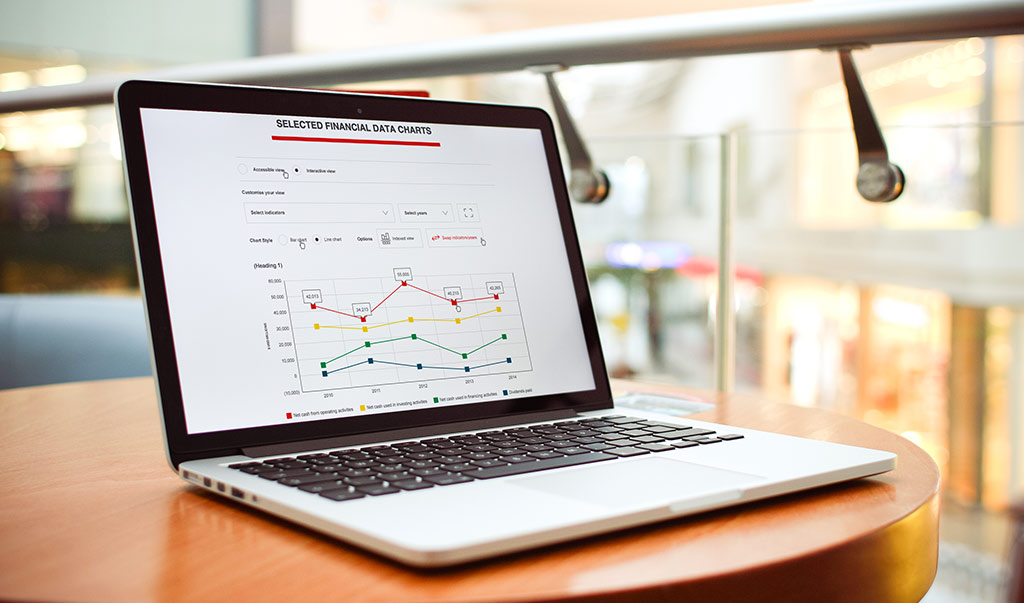Outlook
We have identified four levers to manage through the market down-cycle: divestments, reduced capital investment and operating expenses, and delivering new projects that will add significant cash flow.
- Following the acquisition of BG, we expect the pace of asset sales to increase with $30 billion of divestments in 2016-18, including up to 10% of Shell’s oil and gas production and exit from five to ten countries and selected midstream and Downstream assets. This is a value-driven – not a time-driven – divestment programme, and an integral element of Shell’s portfolio improvement plan. We completed $4.7 billion divestments of non-strategic assets in 2016 with further sales underway.
- We expect organic capital investment to be between $25 billion and $30 billion a year until 2020. We see $30 billion as a ceiling, as we reduce debt following the BG acquisition and meet our goals for shareholder distributions. The $25 billion level reflects the expenditure we believe is needed to maintain medium-term growth for Shell; we can go below that level if warranted by oil prices. The final outcome in any given year will be determined by the pace of development and overall affordability considerations. In 2017, we expect organic capital investment to be around $25 billion.
- The consolidation of BG resulted in an increase in operating expenses of $1 billion in 2016, to $42 billion. This also included redundancy and restructuring charges of $1.9 billion and BG acquisition costs of $0.4 billion. The impact of the consolidation of BG was offset by steps taken to reduce expenses, realising synergies and follow-on benefits from the acquisition. We plan to reduce our operating expenses further in 2017. We expect the combination with BG to generate pre-tax synergies of $4.5 billion in operating and exploration expenses in 2018, up from our earlier expectation of $3.5 billion, with further upside potential.
- In 2016, we started up eight major projects in Australia, Brazil, Kazakhstan, Malaysia and the USA. We expect these projects to add more than 250 thousand barrels of oil equivalent per day to our production and 3.9 million tonnes of LNG a year to our liquefaction capacity once fully ramped up. In addition, we took final investment decisions on new petrochemicals investments in China and the USA. We are being highly selective on new investment decisions and plan to continue this approach throughout 2017.
Our drive to create a world-class investment case means that, around the end of this decade, we expect to deliver higher, more predictable returns and growing free cash flow. At the same time, we intend to reduce our debt, which has increased as a result of the acquisition of BG. Subject to such progress and a recovery in oil prices, we intend to turn off our scrip dividend programme and undertake a share buy-back programme of at least $25 billion in 2017-2020.
Around the end of the decade, our cash engines should have a more stabilised portfolio. With the main divestments and project ramp ups behind us, our growth priorities, chemicals and deep water, should be delivering free cash flow. Shales and New Energies portfolios will be ready for more substantial growth investments, if we decide to take such steps.
We see the potential for free cash flow, plus proceeds from sale of interests in Shell Midstream Partners, L.P., to reach $20-$30 billion, with return on average capital employed of around 10%, by around the end of the decade, assuming $60 oil prices (2016 real terms). This potential represents a substantial transformation in the company over the next few years.
